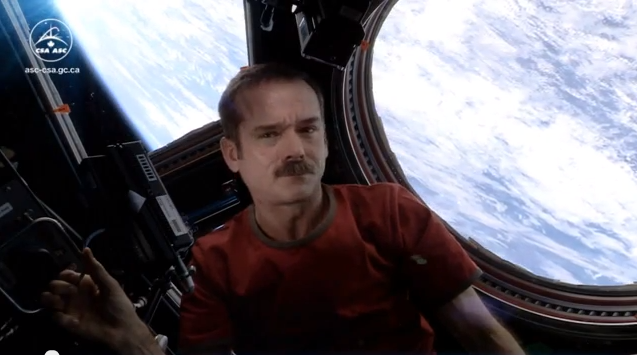 We started a tradition. At the beginning of each new SSEP flight opportunity, we now post on this blog the NASA Johnson Style video. It’s a way to get thousands of new student microgravity researchers and their communities into the spirit of this program. (Sound familiar Mission 7?)
We started a tradition. At the beginning of each new SSEP flight opportunity, we now post on this blog the NASA Johnson Style video. It’s a way to get thousands of new student microgravity researchers and their communities into the spirit of this program. (Sound familiar Mission 7?)
But why not post a powerful video for other key milestones across a SSEP flight opportunity, say every time a SSEP payload of experiments returns to Earth?
So … in honor of the SpaceX-4 return to Earth this Saturday, October 25, 2014, of the Charlie Brown payload of 15 SSEP Mission 5 experiments we post the following video. Our hope is to excite the 6,750 students that were engaged in Missions 5 as they see their communities’ experiments return from space; the 6,850 SSEP student researchers that were engaged in Mission 6 and are about to see their communities’ experiments launch on Orb-3 on Monday, October 27, 2014; and the 13,700 students that just started Mission 7 last month. (Yes, you read that right – 27,300 students as part of this grand adventure on the human frontier just across these 3 SSEP Missions. Sen. Coburn are you listening?)
Just before his return to Earth on Soyuz 33S, on May 13, 2013, Expedition 35 International Space Station Commander and Canadian astronaut Chris Hadfield – the first Canadian to walk in space –released this video. We are also honored that we can share this with our two SSEP Canadian Communities – Kamloops/Thompson, British Columbia, which flies a Mission 6 experiment on Monday, and Stonewall, Manitoba, that flew on Mission 3.
Teachers, we invite you to lower the lights in your classrooms, select ‘full screen’ on the video below, project it on a big screen, and let all your SSEP student researchers see that they are truly part of this adventure. Afterward, you might also consider having a class discussion about the emotional content of this song, who is singing it (here is Chris’ bio at the Canadian Space Agency), where he is singing it, and what it must feel like to leave Low Earth Orbit and return to Earth after an extended stay on Station.
Human exploration? It is a wondrously emotional endeavor, and we express that emotion in myriad ways – through art, through prose and poetry, through story-telling, and through music. And all this goes hand-in-hand with science, and more generally STEM – really. The human condition is an interdisciplinary tapestry – something to be celebrated in all our classrooms.
We shall not cease from Exploration.
And the end of all our exploring
will be to arrive where we started
and know the place for the first time.
-T.S. Eliot
The Student Spaceflight Experiments Program (SSEP) is a program of the National Center for Earth and Space Science Education (NCESSE) in the U.S., and the Arthur C. Clarke Institute for Space Education internationally. It is enabled through a strategic partnership with NanoRacks LLC, working with NASA under a Space Act Agreement as part of the utilization of the International Space Station as a National Laboratory. SSEP is the first pre-college STEM education program that is both a U.S. national initiative and implemented as an on-orbit commercial space venture.
The Smithsonian National Air and Space Museum, Center for the Advancement of Science in Space (CASIS), and Subaru of America, Inc., are National Partners on the Student Spaceflight Experiments Program.




